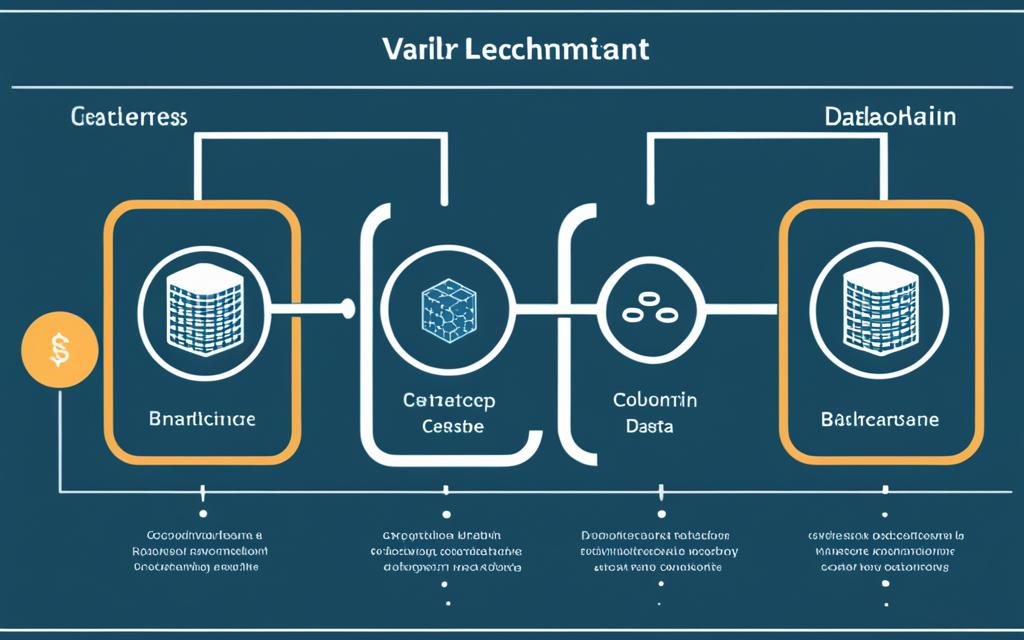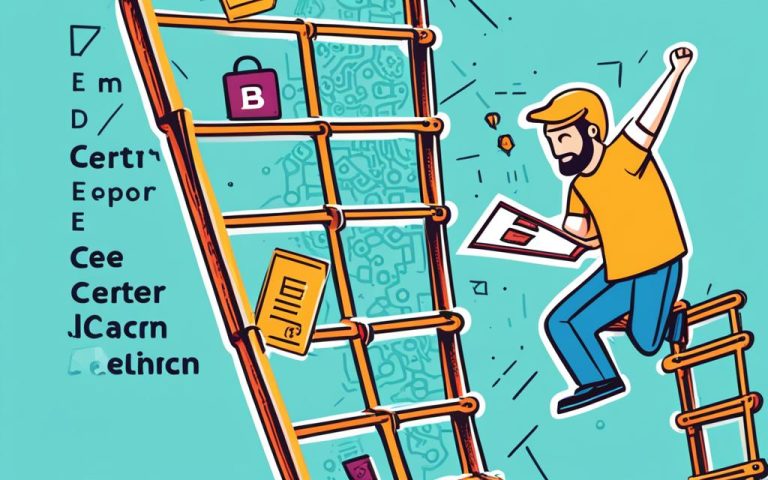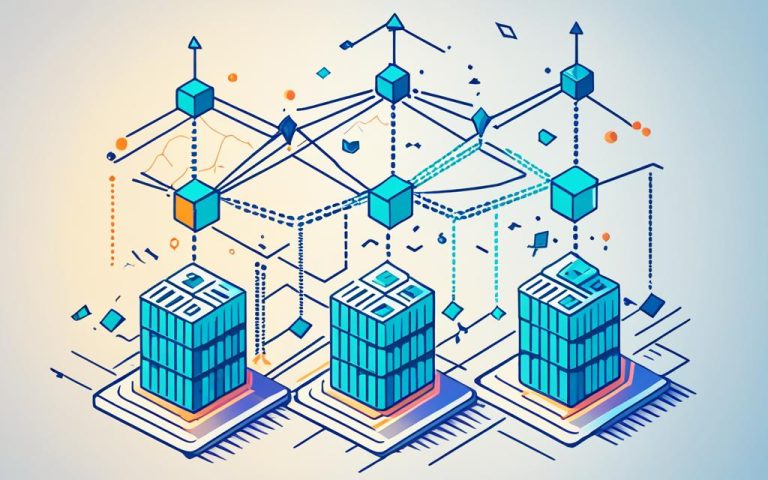Blockchain and traditional databases have unique ways of handling data. Traditional databases have been key for data storage for years. Meanwhile, blockchain has shaken up industries with its decentralized approach.
A traditional database stores data in a centralized setup. Users can perform four actions: Create, Read, Update, and Delete (CRUD). These databases are known for their consistency, reliability, and scalability.
Blockchain, however, is based on a peer-to-peer network without central oversight. It uses cryptography to protect data, which becomes fixed and open once entered. This tech cuts out middlemen, lowers costs, and boosts authenticity in supply chains.
Traditional databases excel in performance and scalability for big applications. Yet, they are more exposed to data breaches because of the central control.
Blockchain’s decentralized data handling lowers risks from centralized control. But, it has a harder time scaling, leading to slower transactions. Its Proof of Work (PoW) mechanism also raises environmental concerns due to its high energy use.
The future promises excitement for blockchain and traditional databases. Bitcoin and blockchain have shown a new way for secure, decentralized finance. Walmart uses blockchain to better its supply chain, preventing fraud. Smart contracts streamline tasks in real estate, health care, and legal work.
Traditional databases support Enterprise Resource Planning (ERP) systems for inventory, finance, and HR management. Customer Relationship Management (CRM) systems depend on them for customer data. Data warehouses use these relational databases to store loads of data.
In the end, blockchain and traditional databases each have pros and cons. Knowing the differences is key for organizations to pick the right technology for their needs.
Comparative Analysis|How is Blockchain Different fromTraditional Database Models |Blockchains Versus Traditional Databases
Understanding Blockchain Technology
Blockchain technology has changed how we keep and check records. It’s a decentralized book that works on a network of peers. This makes it transparent, secure, and efficient. Let’s look closer at how blockchain works and its main features.
The Decentralized Ledger System
Blockchain is a system where there’s no need for a central bank to check transactions. Instead, a network of computers, or nodes, keeps and checks the data together. This setup makes it secure and avoids any single point of failure. That’s why it’s tough for attackers to compromise blockchain.
Peer-to-Peer Network
Blockchain doesn’t use a central server like traditional databases do. Everyone in the network, called a node, has the whole blockchain. Everyone shares transactions across the network. Then, all nodes validate them and save the info. This way, the network talks directly, making transactions quick and efficient.
Enhanced Security
Blockchain uses complex coding to keep data safe. It groups transactions into blocks and links them with cryptographic hashes. Once a block joins the chain, changing it is nearly impossible. This strong safety feature keeps the blockchain trustworthy and unaltered.
Smart Contracts
A standout part of blockchain is smart contracts. These are agreements on the blockchain that run themselves when certain conditions are met. Smart contracts cut out middlemen. This lowers costs and boosts efficiency in fields like finance, supply chains, and real estate.
Exploring Traditional Databases
Traditional databases, like relational ones, have been key for storing data for years. They use a centralized architecture, organizing data in tables. This setup lets us manage and get to structured data easily.
These databases offer big benefits. They ensure data operations are consistent, following set rules. They’re also reliable, with strong data protection and backups.
Thanks to their design, they boost performance and scalability. This means they can manage loads of data and complex queries. They’re great for big companies.
Yet, traditional databases aren’t perfect. Their centralized setup can lead to data breaches. Also, keeping data uniform across several servers can be tough.
Please note that the output above is not the complete article. It only contains Section 3.
FAQ
What is the difference between blockchain and traditional databases?
Blockchain and traditional databases store data differently. Blockchain uses a network where everyone checks and agrees on the data. Traditional databases depend on one central system. Blockchain is about sharing control, unchanging records, and cutting out middlemen. Traditional databases focus on stable, reliable, and scalable data handling.
How does blockchain technology work?
Blockchain is a secure, shared record-keeping system. It works across a network of computers without a central authority. Everyone on the network helps maintain and verify the data. Blockchain uses cryptography for security and smart contracts for automated agreements. It’s open, unchangeable, and doesn’t need middlemen.
What are traditional databases and how do they function?
Traditional databases, like relational databases, have powered data storage for years. They organize data in tables and follow a central structure. These databases are known for being stable, trustworthy, and scalable. But, they risk data breaches and can struggle with keeping data in sync across multiple servers.



















